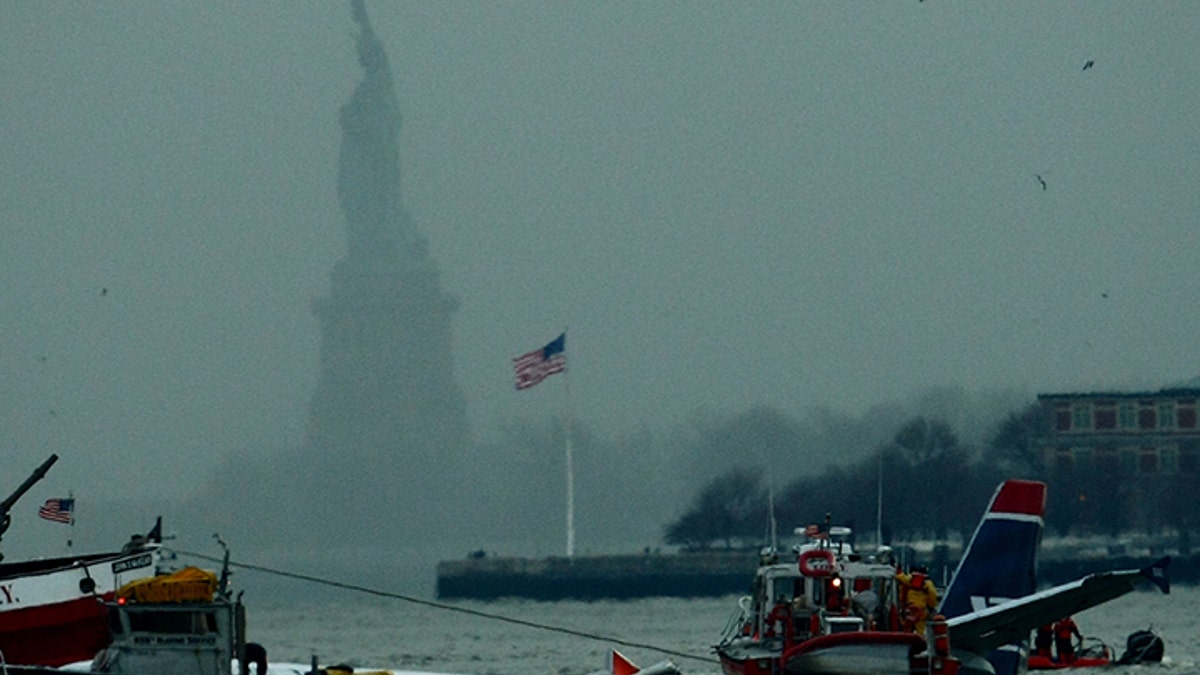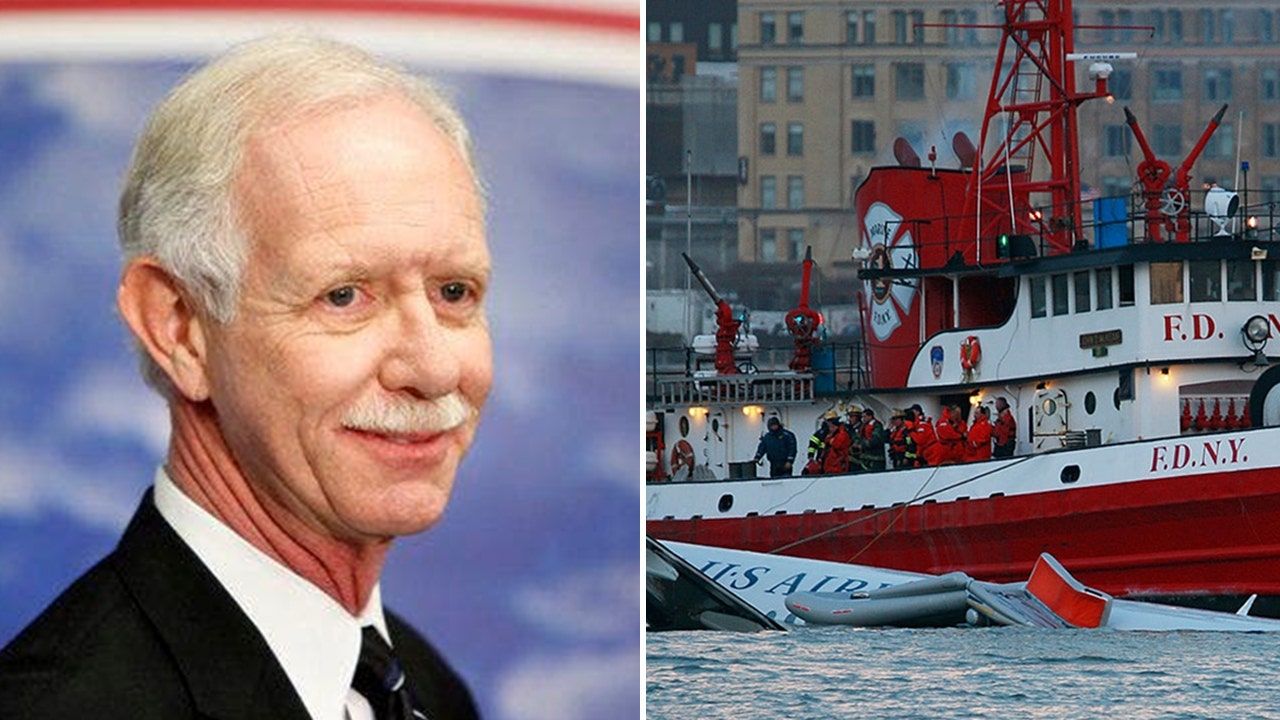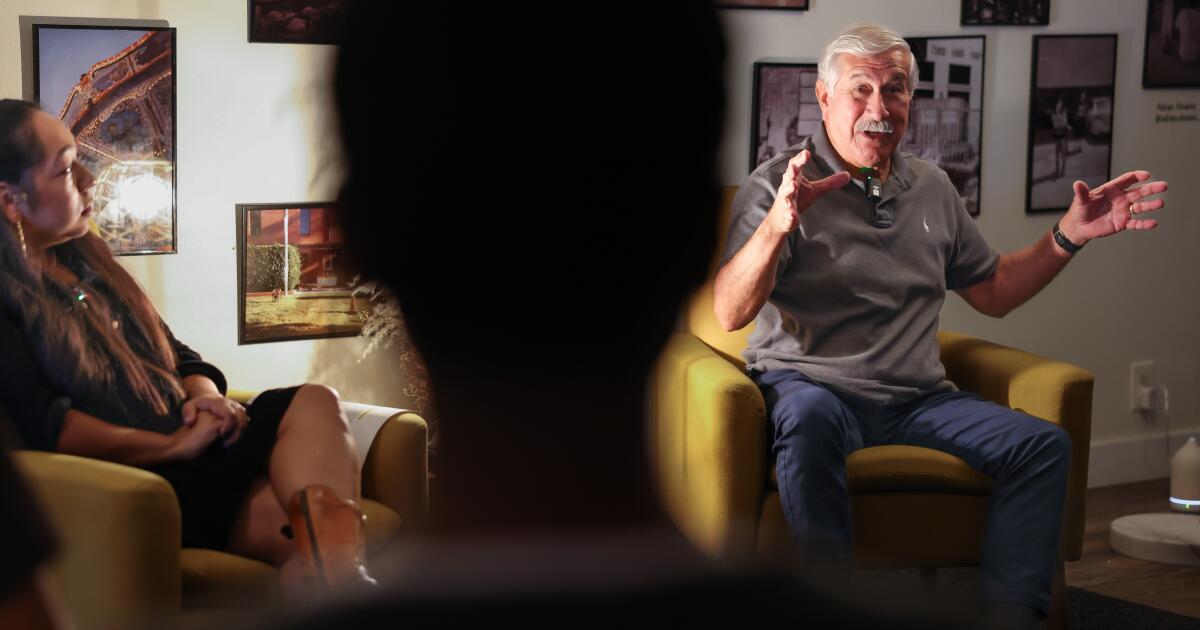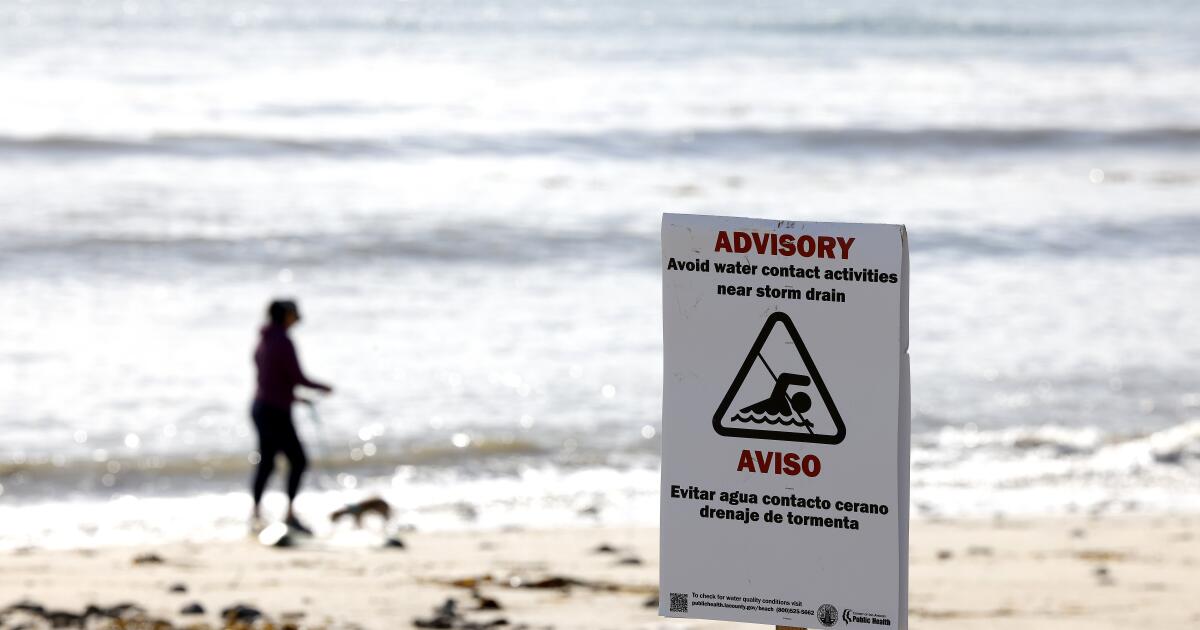US Airways Flight 1549 made a miraculous emergency landing in the Hudson River on this day in history, January 15, 2009.
The maneuver occurred shortly after the US Airways Airbus A320 plane left New York City's LaGuardia Airport bound for Charlotte, North Carolina.
Captain Chesley “Sully” Sullenberger, along with First Officer Jeffrey Skiles, crewed the plane, which had been delivered new to US Airways in 1999.
ON THIS DAY IN HISTORY, JANUARY 14, 1954, MARILYN MONROE MARRIED JOE DIMAGGIO
Both pilots had extensive flight experience at the time, according to simpleflying.com.
Sullenberger, a former military pilot, had accumulated nearly 20,000 flight hours, including 4,756 hours in the A320.
Pilot Chesley B. Sullenberger, left, and First Officer Jeffery Skiles of US Airways Flight 1549 attend a press conference at New York City Hall, where then-Mayor Michael Bloomberg presented them with the keys to the city , on February 9, 2009. . (Michael Nagle/Getty Images)
Skiles, who was a pilot recently transferred to the plane, had more than 20,000 flight hours in total.
The flight took off normally from Queens, New York, at 3:26 p.m. in 2009, simpleflying.com noted.
'MIRACLE ON THE HUDSON' SURVIVORS OPEN UP ABOUT THE IMPACT OF THE ACCIDENT ON THEIR LIVES 10 YEARS LATER
Shortly after takeoff, almost 7 kilometers from the airport, the plane was confronted by a flock of Canada geese.
The large group of birds entered the pilots' field of vision, while some of the geese were ingested by the engines.

Capt. Chesley “Sully” Sullenberger is shown here, along with an FDNY rescue boat, as the boat pulls up next to downed US Airways Flight 1549, which landed in the Hudson River. (AP/Getty)
Both engines were immediately compromised upon impact when the plane was at an altitude of just under 3,000 feet.
With a cool, level-headed reaction and quick thinking, Sullenberger took control of the plane that Skiles had piloted during takeoff.
The plane had entered a glide descent 10 seconds after impact when Sullenberger turned on the APU, also known as the auxiliary power unit.
It powers an electrical generator and provides air pressure, as described by simpleflying.com.
ON THIS DAY IN HISTORY, JANUARY 11, 1935, AMELIA EARHART IS THE FIRST AVIATOR TO FLY SOLO FROM HAWAII TO CALIFORNIA
Although attempts to restart the main engines failed, Sullenberger made an emergency call just 22 seconds after the birds hit the plane.
A recording of the radio call from the cockpit reveals that Sullenberger calmly reported the incident.
“This is Cactus 1549, birds hit,” he said.
“We've lost thrust on both engines. We're heading back toward LaGuardia.”
Air Traffic Control quickly offered options for an emergency landing at LaGuardia, but Sullenberger estimated the plane would not make it.
Instead, the pilots requested to land at Teterboro Airport in New Jersey and were cleared to land on Runway 1.
As the A320 plane flew just 900 feet over the George Washington Bridge, which connects New York and New Jersey, Sullenberger realized that an emergency landing on the Hudson River would be the only option, as noted by simpleflying.com.

Rescue workers help an NYFD boat that stopped near the US Airways plane after it crashed into the Hudson River on January 15, 2009. (Mario Tama/Getty Images)
“We may end up in the Hudson,” the pilot radioed.
Air traffic control continued to provide assistance as Sullenberger and Skiles prepared for a water landing.
“We can't do it,” Sullenberger responded to the incoming landing options.
“We're going to be on the Hudson.”
ON THIS DAY IN HISTORY, DECEMBER 17, 1903, THE WRIGHT BROTHERS MAKE THE FIRST FLIGHT IN KITTY HAWK, NORTH CAROLINA
The plane landed in the Hudson River at 3:31 p.m.
The flight only lasted a total of five minutes, according to simpleflying.com.
The plane's 155 passengers were evacuated to the wings and emergency slides.

Wet, shivering passengers in life jackets arrive at the World Yacht dock on 40th St. in Manhattan aboard the FDNY's Marine Rescue Unit 1, after US Airways Flight 1549 landed in the Hudson River on January 15, 2009. . (John Roca/NY Daily News Archive via Getty Images)
The plane was equipped for extended use over water, according to simpleflying.com, which meant there were provisions for full life jackets and the exit slides could be dismantled and used as rafts.
Nearby boats moved quickly to rescue passengers from the water, according to New York Waterway.
Sully Sullenberger retired from US Airways on March 3, 2010, after 30 years as a commercial pilot.
Fourteen New York Waterway ferries responded and rescued 143 passengers, while the US Coast Guard and FDNY (New York City Fire Department) saved the other 12 passengers and crew members.
New York Waterway considers it the “most successful marine rescue in aviation history,” according to its website.

The Statue of Liberty stands in the background as rescue boats float alongside US Airways Flight 1549 after it crashed into the Hudson River. (Chris McGrath/Getty Images)
Many of the passengers could have died or suffered the effects of hypothermia if the ferry crews had not responded as quickly as they did, experts said.
All passengers were removed from the water and the plane at 3:55 pm, just 24 minutes after ditching.
All 155 people aboard the plane survived the landing.
CLICK HERE TO SUBSCRIBE TO OUR LIFESTYLE NEWSLETTER
The maneuver has been known as the “Miracle on the Hudson,” since an unpowered water landing like this is “extremely dangerous,” as simpleflying.com reported.
Many of the passengers could have died or suffered the effects of hypothermia if the ferry crews had not responded as quickly as they did.
“There are procedures for water landings or ditching by manufacturers and regulators, but in practice, these are rare cases,” the website says.
Sullenberger was ranked second on Time magazine's “100 Most Influential Heroes and Icons of 2009” list, after Michelle Obama.
Sully Sullenberger retired from US Airways on March 3, 2010, after 30 years as a commercial pilot.
CLICK HERE TO GET THE FOX NEWS APP
Sullenberger is co-author, with Jeffrey Zaslow, of the best-selling book, “Highest Duty: My Search for What Really Matters,” a memoir of his life and the events surrounding Flight 1549, published in 2009 by HarperCollins.
For more lifestyle articles, visit www.foxnews.com/lifestyle.












